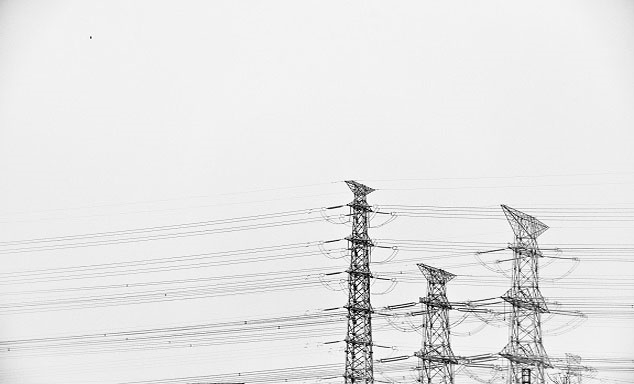Light through our windows
Natia Bantsuri
Electricity

Economic growth, new enterprises, and new jobs - all these sound rather appealing. However, generating economic wealth, new jobs, and more revenues require more energy. Energy consumption increases along with economic growth. There was a 3.8 percent growth in electricity consumption in the first 8 months of 2016 as opposed to the same period last year.
This growth may not be significant, but what is important, is that the rate of growth of energy generation falls below the growth rate of energy consumption. Over the last decade, electricity consumption increased by 33%, while electricity generation increased by 30%. Without adding new generating capacity, in the near future Georgia will become largely dependent on the electricity imports. The latter is linked to economic risks and energy security. More specifically:
· We pay foreign currency (mostly USD) for imported electricity, which increases outflow of currency. Meanwhile, there always is an exchange rate fluctuation risk.
· Moreover, there is a possibility that our neighboring countries simply may not have enough electricity to export due to their domestic consumption growth or other objective reasons, thus creating supply shortage in our country.
· It will be technically impossible to import the large volume of electricity due to the transmission capacity limits of the system[1].
Increase in domestic electricity generation will be a countermeasure for preventing the dramatic increase of import, and will positively affect energy independence of the country. The subject of discussion is the way of increasing electricity generation capacity – which available generating sources should we use?
Alternative energy instead of large Hydroelectric Power Plants?
Those opposing building of hydroelectric power plants (HPPs) often refer to different examples from various developed countries and point to the alternative energy, the so-called green energy sources. Georgia has significant solar and wind energy resources, but this is not enough to turn these two renewable sources into a cornerstone of the country’s energy system. They are unable to replace basic electricity sources. However, they can be used as supplementary sources of electricity. Solar energy is only generated within the sunlight. Solar energy cannot be generated during the night or cloudy weather. Similarly, wind energy generation fluctuates and does not respond to the demand changes. Moreover, we should keep in mind that both, solar and wind energy generation are benefiting from government subsidies, tax cuts and/or other incentives in almost every country. The HPPs are more reliable: they can generate energy quickly to meet the changes in demand. Regulatory HPPs can dispatch power to the grid according to the changes in demand.
As building large-scale HPPs have environmental impact this issue requires cautious and careful analysis as there is a tradeoff between energy security and protection of environment and biodiversity. However, at this point, despite controversial views on this issue within the society, building of Khudoni HPP, Nenskra HPP, and Namakhvani HPP is vital for the sustainability of Georgia’s energy system, as well as meeting the increasing demand in a stable manner.
See also Electricity Sector: Overview
[1] Draft of Georgia’s Energy Strategy for 2016-2025, p31.